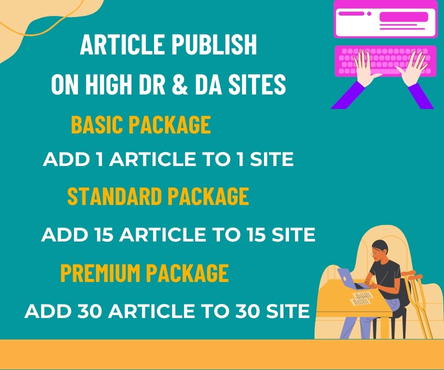Diastasis recti is a condition that affects many people, particularly women during and after pregnancy. It occurs when the rectus abdominis muscles — the pair of long, flat muscles that run vertically down the front of the abdomen — separate along the linea alba, a connective tissue line that runs down the center of the stomach. This separation creates a noticeable bulge or “pooch” and may lead to various physical symptoms. But why does diastasis recti happen, and what can be done about it?
Why Diastasis Recti Occurs
The most common cause of diastasis recti is pregnancy. During pregnancy, the uterus grows and pushes against the abdominal wall. At the same time, the body releases hormones like relaxin and estrogen, which soften connective tissues to allow the body to accommodate the growing baby. These factors put pressure on the linea alba and can cause it to stretch and weaken. In some cases, this results in the separation of the abdominal muscles.
While pregnancy is the most frequent trigger, diastasis recti can also occur in men and non-pregnant women. It can result from improper heavy lifting, rapid weight gain, or excessive abdominal exercises performed incorrectly. Any activity that puts significant strain on the abdominal muscles can contribute to this condition, especially if the core muscles are weak or unsupported.
Risk Factors
Several factors increase the risk of developing diastasis recti. These include multiple pregnancies, carrying a large baby or twins, being over the age of 35 during pregnancy, and having a history of abdominal surgery. Genetics can also play a role, as some individuals may have naturally weaker connective tissue.
Symptoms and Complications
The most noticeable sign of diastasis recti is a bulge in the middle of the abdomen, particularly when straining or contracting the muscles. Other symptoms may include lower back pain, poor posture, constipation, bloating, and a feeling of weakness in the core. In some cases, the separation can lead to complications such as hernias if not addressed.
Diagnosis and Treatment
A medical professional can diagnose diastasis recti through a physical examination or imaging tests like ultrasound. Treatment typically involves physical therapy focused on core-strengthening exercises that avoid straining the abdominal wall. It’s important to avoid traditional crunches or sit-ups, which can worsen the condition.
In severe cases, especially when physical therapy does not improve the separation, surgical intervention may be necessary. A procedure known as abdominoplasty, or a tummy tuck, can be used to repair the muscle separation and tighten the abdominal wall.
Prevention and Recovery
The best way to prevent diastasis recti is to strengthen the core before and during pregnancy with safe, approved exercises. Maintaining a healthy weight and practicing good posture can also help reduce the risk. If symptoms of diastasis recti do appear, early intervention with guided exercises can significantly improve recovery.
Understanding why diastasis recti occurs is the first step toward managing or preventing it. With the right approach, many people can restore core strength and function, improving both their appearance and overall health.

